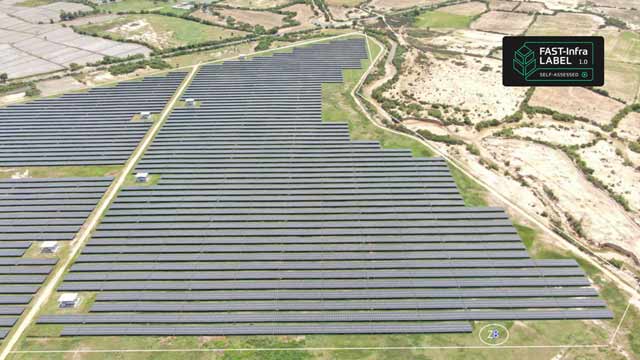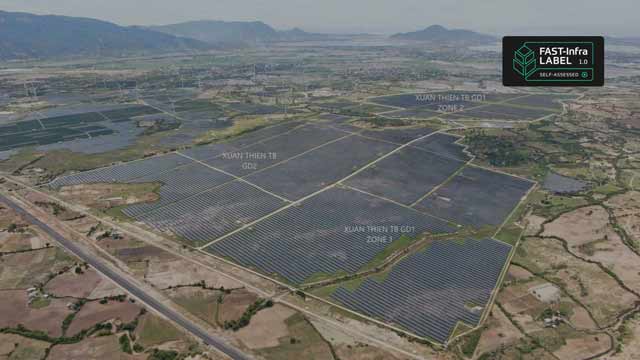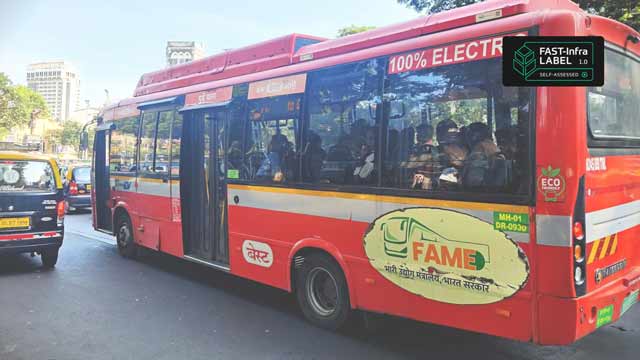
Beyond Linear Models: The Way Forward with Circular Infrastructure
What’s a Rich Text element?
The rich text element allows you to create and format headings, paragraphs, blockquotes, images, and video all in one place instead of having to add and format them individually. Just double-click and easily create content.
H1
H2
H3
H4
H5
H6


Static and dynamic content editing
A rich text element can be used with static or dynamic content. For static content, just drop it into any page and begin editing. For dynamic content,

add a rich text field to any collection and then connect a rich text element to that field in the settings panel. Vsadsadsdasdasdasdasdoila!
- A rich text element can be used with static or dynamic content. For static content, just drop it into any page and begin editing. For dynamic content, add a rich text field to any collection and then connect a rich text element to that field in the settings panel. Voila!
- t to that field
- t to that field
-
How to customize formatting for each rich text
How to customize formatting for each rich text
How to customize formatting for each rich text
Headings, paragraphs, blockquotes, figures, images, and figure captions can all be styled after a class is added to the rich text element using the "When inside of" nested selector system.
Around 79% of global greenhouse gas (GHG) emissions are linked to infrastructure and yet an estimated 75% of the infrastructure expected to exist in 2050 has yet to be constructed. Traditional linear "take-make-dispose" development models are increasingly unsustainable due to the depletion of finite resources. Continuing these models will likely increase resource extraction and greenhouse gas emissions, driven by the need for more infrastructure to support a growing, urbanizing population. This rise in resource extraction threatens ecosystem health, causes sediment erosion, and reduces biodiversity. Additionally, infrastructure significantly contributes to solid waste and pollution, with 40% of developed nations' waste coming from construction, maintenance, and demolition of buildings. These linear models are inherently wasteful and inefficient, leading to value loss at every stage. The resulting impacts on water and food security adversely affect human well-being.
A circular economy is one in which “the value of products, materials, and resources is maintained in the economy for as long as possible”, and resource extraction and waste generation are minimized (Intergovernmental Panel on Climate Change 2014). Circular infrastructure supports this by facilitating circular activities (Reduce, Reuse, Repair, Remanufacture, Recycle, and Recover) and reducing material use throughout its lifecycle. The Global Infrastructure Hub notes that applying circularity principles to infrastructure can reduce embodied emissions, aiding in climate change mitigation and lessening resource scarcity risks.
Successful circular economic models require infrastructure designed for specific purposes, focusing on system synergies, industrial symbiosis, and creating closed loops for resource reuse and recycling to minimize waste. This approach involves practices like local material sourcing, shared ownership, and flexible models to reduce infrastructure's resource intensity. Strategic planning in the early stages of infrastructure life is vital for effectively implementing circular economy principles.
The FAST-Infra Label, dedicated to fostering a sustainable and resource-efficient future, integrates stringent criteria for natural resource efficiency and waste reduction into its project assessment framework. This approach is in line with the broader goal of transitioning towards a circular economy. Projects aspiring to earn this label are required to implement a comprehensive lifecycle approach encompassing all stages: from design and construction to operation and eventual decommissioning. Central to this approach is a strong emphasis on strategies like waste avoidance, minimization, and the innovative practices of recycling, up-cycling, and reuse.
To claim a positive contribution, projects under the FAST-Infra Label are encouraged to go beyond their immediate operations. They should actively influence their supply chains, advocating for improved waste management practices and the reduction in the use of raw materials. This involves creating partnerships with local waste service providers to enhance waste collection and ensure safe, environmentally sound waste treatment methods. Moreover, these projects have a role in bolstering the local economy and community. This involves not just supporting local businesses in adopting practices aligned with the circular economy but also creating meaningful opportunities for skill development in local communities. By focusing on upskilling, these projects can pave the way for more sustainable, 'greener' jobs. This is particularly important in sectors directly related to the projects, such as maintenance, repair, and retrofitting. Long-term engagement with employees in these areas not only fosters a skilled workforce but also reinforces the principles of sustainability and circular economy within the community.
Overall, the label's framework extends beyond mere waste management and material efficiency, encompassing the entire lifecycle of infrastructure and pushing for a transformation towards circularity in the entire value chain. It's thoughtfully designed to acknowledge and highlight such positive, sustainable contributions across various aspects.
In conclusion, the FAST-Infra label represents more than just a mark of quality; it signifies a commitment to minimizing risk and enhancing transparency and accountability, all within a framework that adheres to the most current global standards. When investing in infrastructure projects bearing this label, there's an added assurance of contributing to projects aligned with the United Nations Sustainable Development Goals (SDGs). Particularly relevant is SDG 12, which calls for responsible consumption and production. This goal underlines the urgent need to adopt sustainable practices that protect the well-being of current and future generations. By embracing this label, investors are not just funding infrastructure; they're investing in a circular economy, paving the way for a brighter, more sustainable world.


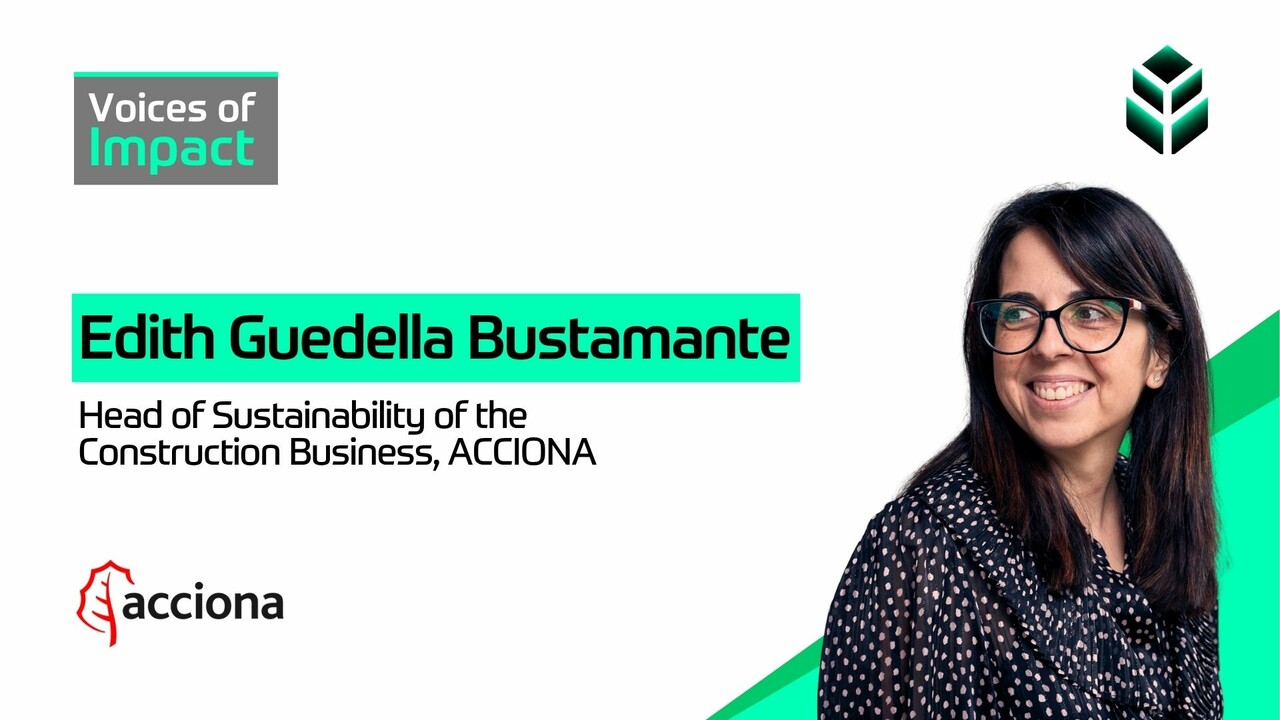



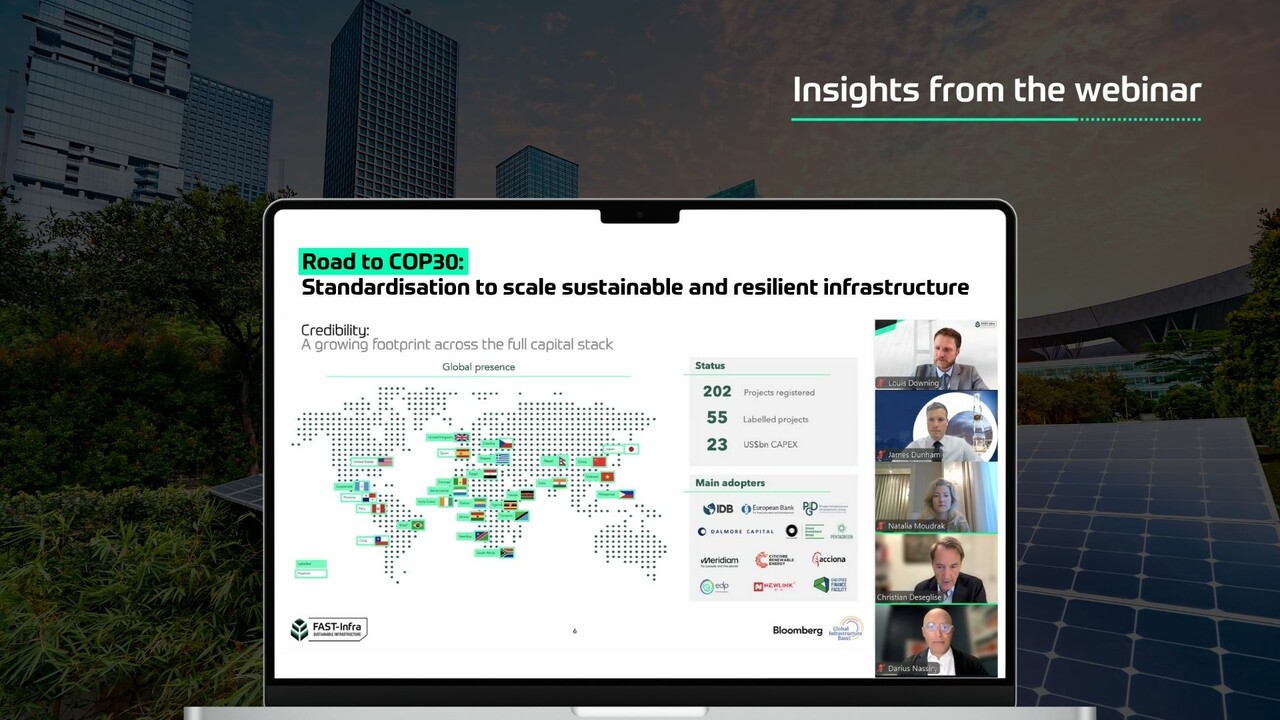





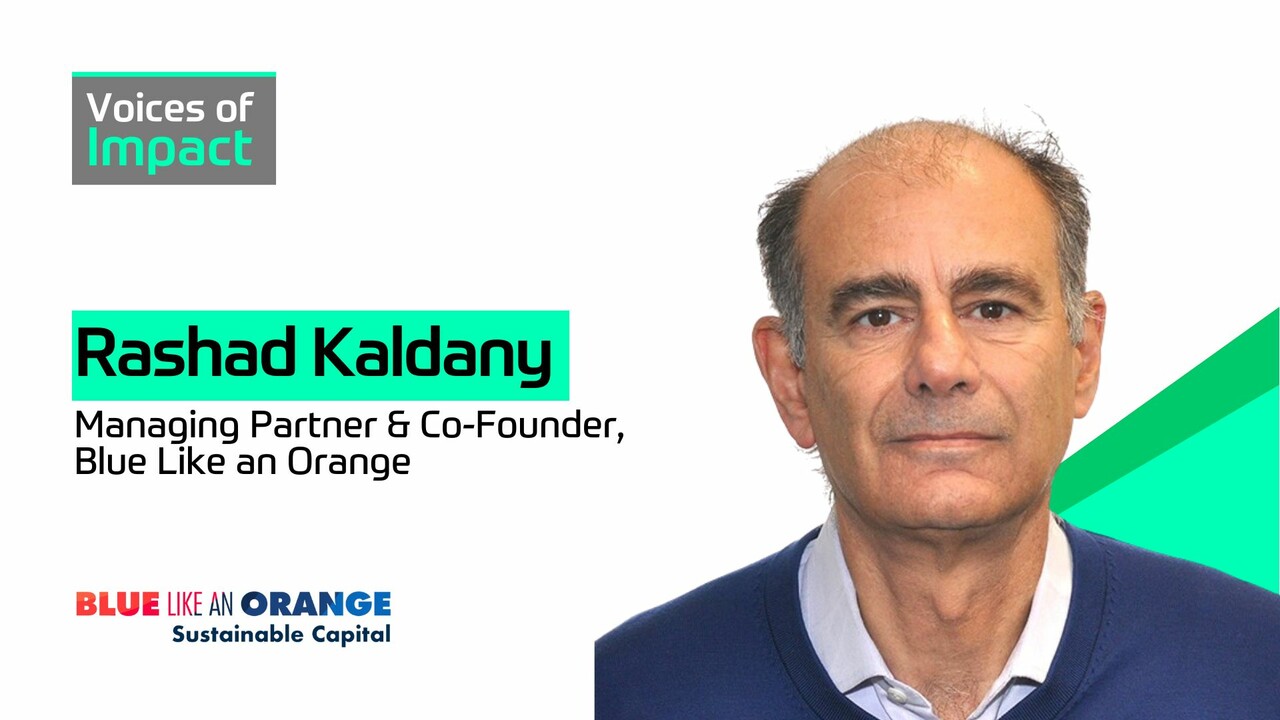
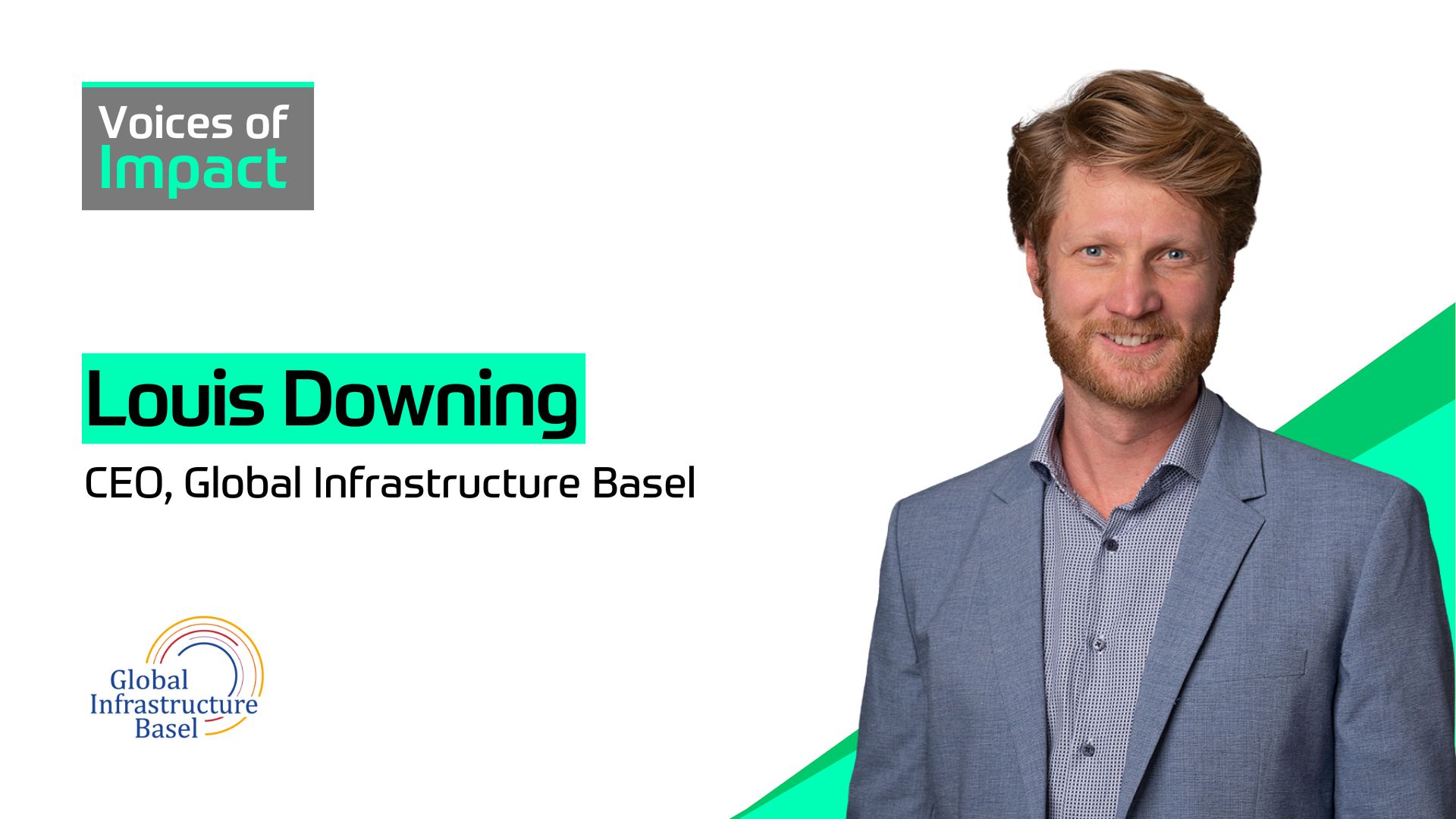
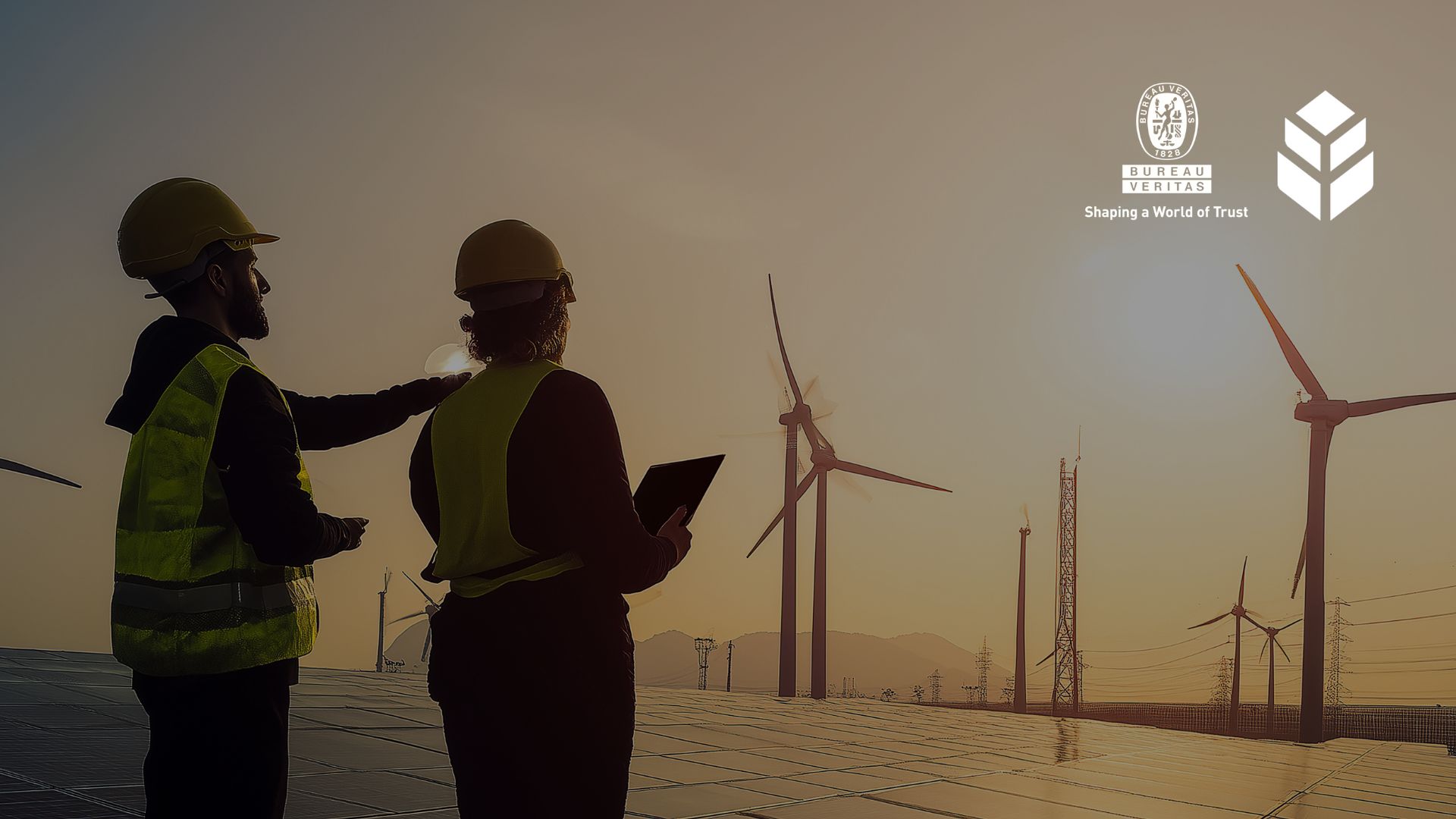
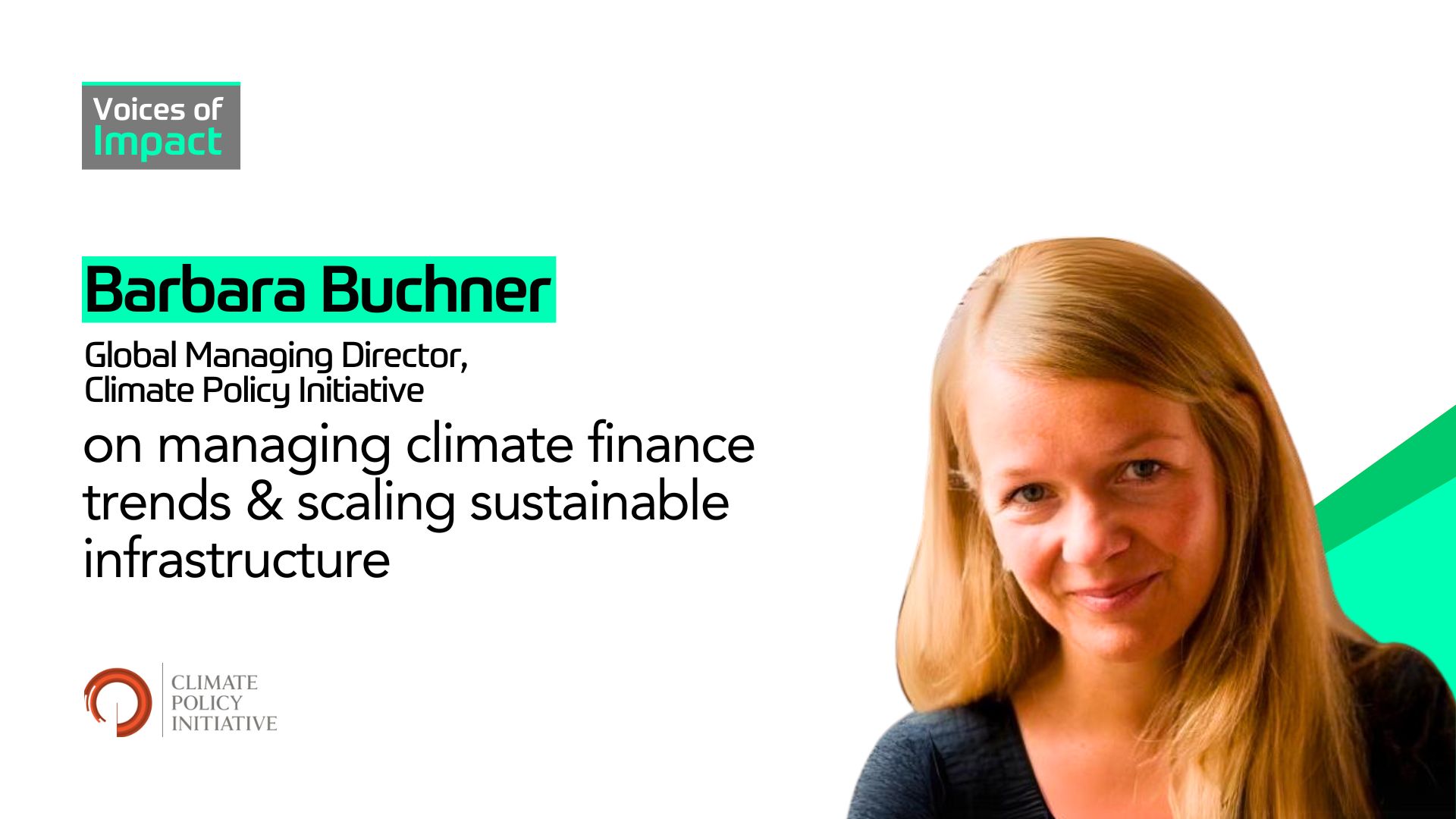
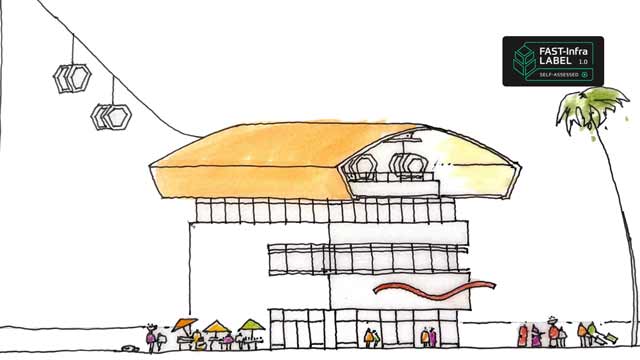






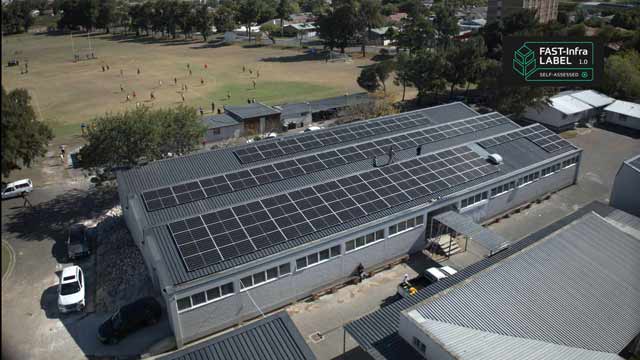

.jpg)


.jpg)


.jpg)
.jpg)
.jpg)
.jpg)
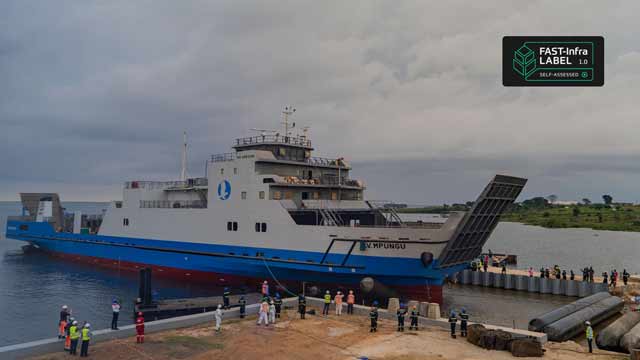
.jpg)




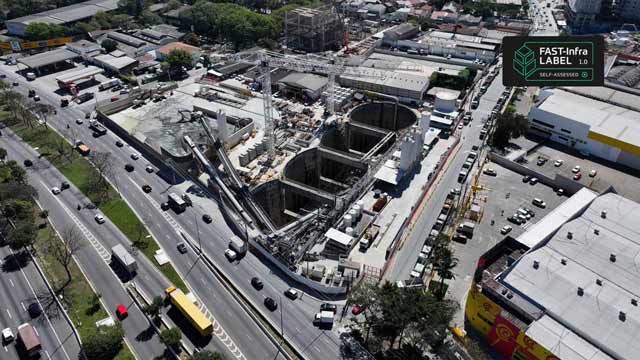




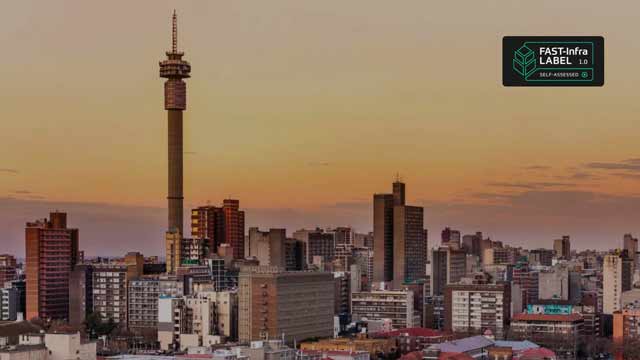








.webp)


